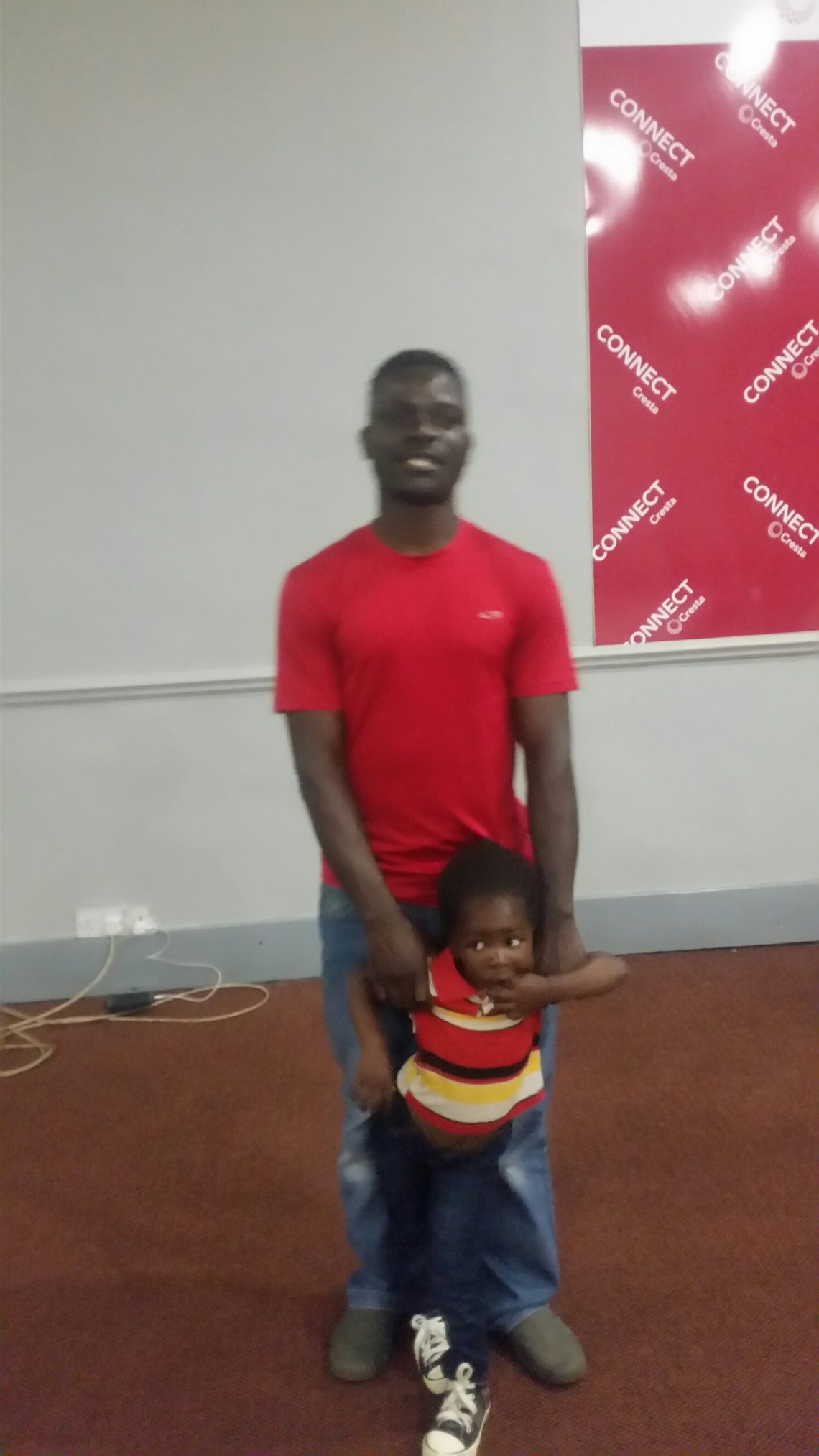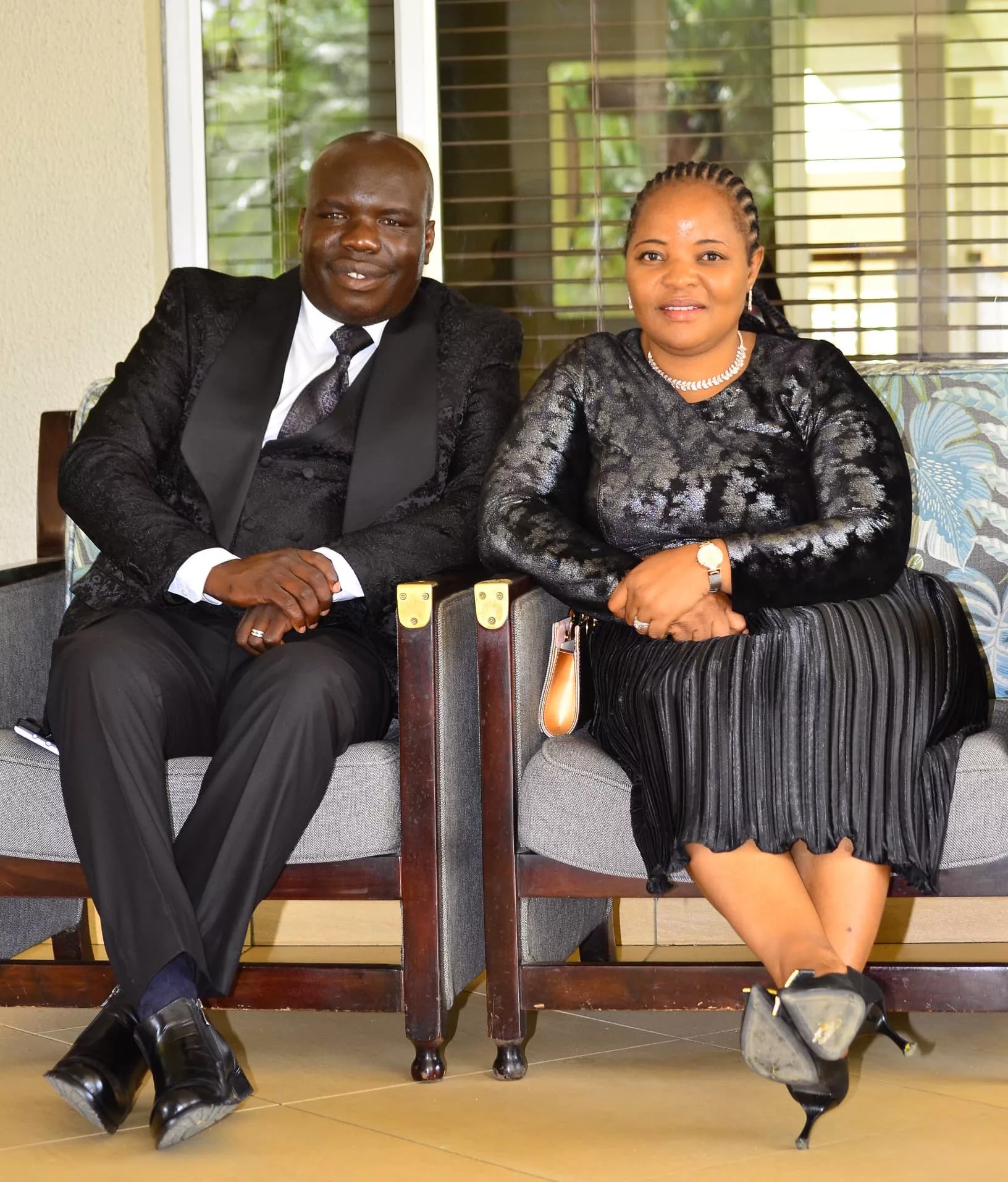By Byron Mutingwende
Clubfoot is a deformity that can be treated and every child born with it should not necessarily end up with a lifelong disability, a senior ministry of health official has said.
Mrs Ropafadzai Hove, the Director of Pharmacy Services in the Ministry of Health and Child Care who was standing in for the director of curative services made the remarks during the commemoration of World Clubfoot Day in Harare on 1 June 2018.
She said the month of June was declared “Clubfoot Awareness Month” and the 3rd of June has been chosen by the Ponseti International Association as World Clubfoot to honour the birthday of the late Dr Ignacio Pnseti, the doctor who developed the Ponseti method of treating clubfoot, a technique that has become the preferred and regarded as the most effective method of managing clubfoot worldwide.
“In Zimbabwe, we also acknowledge and recognise the contribution made by Dr Ignacio Ponseti towards changing the lives of many children throughout the world using this technique and today and throughout the month of June we will continue to add our voice to the numerous other nations that are celebrating this day by spreading the message that clubfoot is a deformity that can be treated and that every child born with clubfoot should not necessarily end up with a lifelong disability,” Mrs Hove said.
Jealousy Chibare, the father of Sympathy who was born with clubfoot, in his testimony given at the workshop said his child had a successful operation on her when she was just two months old.
“There is no history of clubfoot in my family. The child was born soon after I had married my wife and already there were rumours circulating that my child would live with a permanent disability. Thanks to our friend and neighbour, we were advised to go to the hospital for treatment. Sympathy is nearly four years old now and very soon she will be starting Creche. Due to ignorance, many of my peers above 25 years of age now have a permanent disability because their parents did not get them treated when they are young. I encourage everyone here to spread the message that clubfoot is treatable,” Chibare said.
The theme for this year’s commemoration is “Quality Treatment Ensures Great Results.” With that in mind, the ministry of health, in collaboration with the Zimbabwe Sustainable Clubfoot Programme has organised two separate events.
The first is the seminar on clubfoot management for health workers taking place in Harare on the 1st of June 2018 that will give them an opportunity to witness successful outcomes of this technique and programme in Zimbabwe and also allow an opportunity to interrogate the different processes as well as share best practices.
Among the institutions which seconded medical practitioners to the seminar in Harare are Harare Central, Mpilo, Chitungwiza, Tsholotsho and Gwanda hospitals, just to mention a few. The medical practitioners said many doctors were being trained on treating clubfoot.
There will be a community awareness programme to be held in Gweru on the 21st of June that will focus on aspects that encourage compliance and active involvement of communities for best results.
The Ministry of Health and Child Care in partnership with the Zimbabwe Sustainable Clubfoot Programme introduced the Ponseti method of clubfoot management as part of a countrywide strategy to strengthen clubfoot management in Zimbabwe.
The key component of this initiative are training health workers on Ponseti method; providing treatment for every child born with clubfoot as early as possible; provision of braces; training of volunteers “Posenti Gides’ to support families; and introducing the Ponseti concept as the “gold’ standard treatment for clubfoot in clinics.
Through the collaboration, the initiative has so far been established in all the provincial and central hospitals. The aim of the ministry is o continue rolling out the programme until every hospital has the capacity to effectively manage clubfoot towards achieving the goal of “Eliminating Clubfoot as a lifelong Disability in Zimbabwe.”
There was a call for partners to work together to achieve more by reaching more children and further the initiative in zimbabawe through education, training and research.






